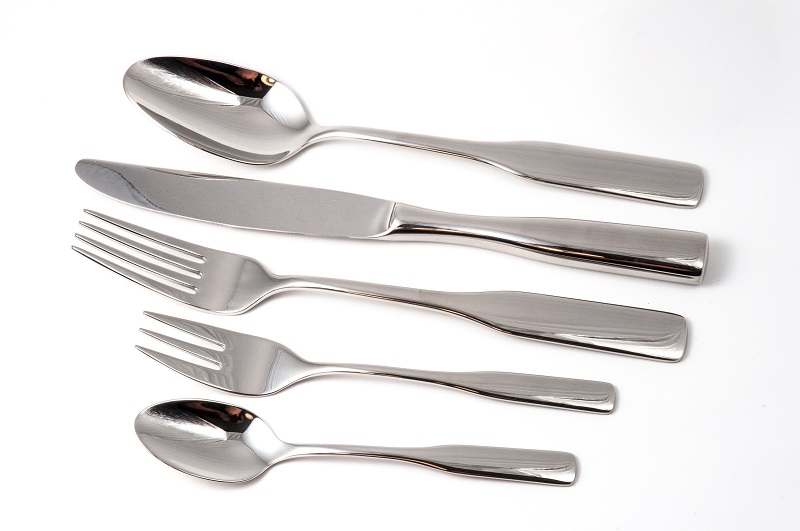What are the benefits of stainless steel?
- Corrosion resistance
- Strength
- Heat resistance
- Aesthetic appearance
- Sustainability
- Cleanliness
Stainless steel from suppliers in the Philippines and as well as different parts of the world provide many of its unique values that makes it a unique candidate in selecting materials for creating big projects that we use every day and everybody has already heard or come in contact with it at some point and time yet everyone is not fully aware of the distinct properties and unparalleled advantages that you get from utilizing it as a fundamental material. Not sure what is the best material to choose for your next project? Here are the six best benefits of stainless steel and see if it’s the right one for your home:
Corrosion Resistance
Stainless Steel stands strong against corrosion, rust, and stains which makes an ideal metal for any area that needs temperature and pressure extremes. When fabricated, chrome is added, which joins with oxygen in the air to create a film over the metal. The film quickly repairs itself when damaged and it allows stainless steel to resist corrosion and rust.
Other elements included in stainless steel are molybdenum, nickel, and titanium which enhances the metals corrosion resistance properties even more which makes stainless steel good choice in transportation, building, or in public works such as railways, tunnels, and bridges.
Strength

One of the main reasons stainless steel is used in a wide variety of accessories is its incredible strength. It retains at both very high and low temperatures. The work-hardening property of austenitic grades results in a significant strengthening of the material from the cold and high duplex grades which allows the reduced material thickness over other conventional grades of steel, therefore, can cost savings. Its many properties can be used in design to reduce material thicknesses and may be heat treated to make very high strength components.
Heat Resistance
Stainless steel is strong in high heat temperatures and it makes a popular choice for various heat exchangers, boilers and other applications where high levels of heat are present. The material itself is resistant to oxidizing or reducing atmosphere depending on its chemical balance.
Stainless steel alloys are capable of being used in temperatures above 1200 Fahrenheit or 670 Celsius, these temperatures are particular in gas environments and indicated by acceptable levels of rupture and strengths that correspond to the required time of service.
Aesthetic Appearance

Without the shadow of a doubt, aesthetic appeal is a significant component of any material used in production. One of the main reasons homeowners choose stainless steel for their home accessories and furniture is because of its aesthetics. Stainless steel doesn’t fade, smudge or rust and can be molded into a variety of shapes and sizes. The bright and easily maintained surface of stainless steel provides a more modern and attractive appearance.
There is a reason why stainless steel is used in many household appliances for it has a variety of possible finishes that make it visually pleasing to any space and it is used more commonly in creating architecture, monuments, vehicles, jewelry, and more.
Sustainability
Ultimately, the most environmentally friendly materials are corrosion resistant and durable, have high-recycled content and recapture rates, provide long service life, and reduce resource use and stainless steel fits the criteria. Fifty percent of the material previously melted stainless steel scraps and reduced waste.
Stainless steel plays an important role in providing sustainable design and as an alternative to energy evolution. Stainless steel can last a lifetime of a project. Choosing the right stainless steel can hold up to even some of the worse environments yet can still retain its beauty over time. More and more organizations are choosing to remain aware of the impact that they’re having on their communities.
Cleanliness
Whether you are in a household setting or a public space, cleanliness is something that should always be prioritized. It is simply a matter of proper hygienic practices that can make all the difference in the prevention of potential health hazards. Stainless steel is easy to clean and its hygienic properties make it the suitable choice for hospitals, kitchens, food and pharmaceuticals processing which makes cleanliness necessary.
Washing with soap or mild detergent followed by a rinse of warm water is usually quite adequate for domestic and architectural equipment. It actually requires little maintenance, meaning it remains unaffected by microorganisms and does not need extra coating.
Key Takeaway
Stainless Steel is a favorite among suppliers in the Philippines, and it is used in many ways. Its advantages make an ideal choice for many household applications, creating public works for transportation, food and pharmaceutical processing and even creating beautiful architecture and pieces of furniture.
Stainless steel itself is a low maintenance material and it’s easy to clean with just one wipe of any solution on hand. The material can last a long time if taken care of properly and it plays an important role in providing a sustainable design.